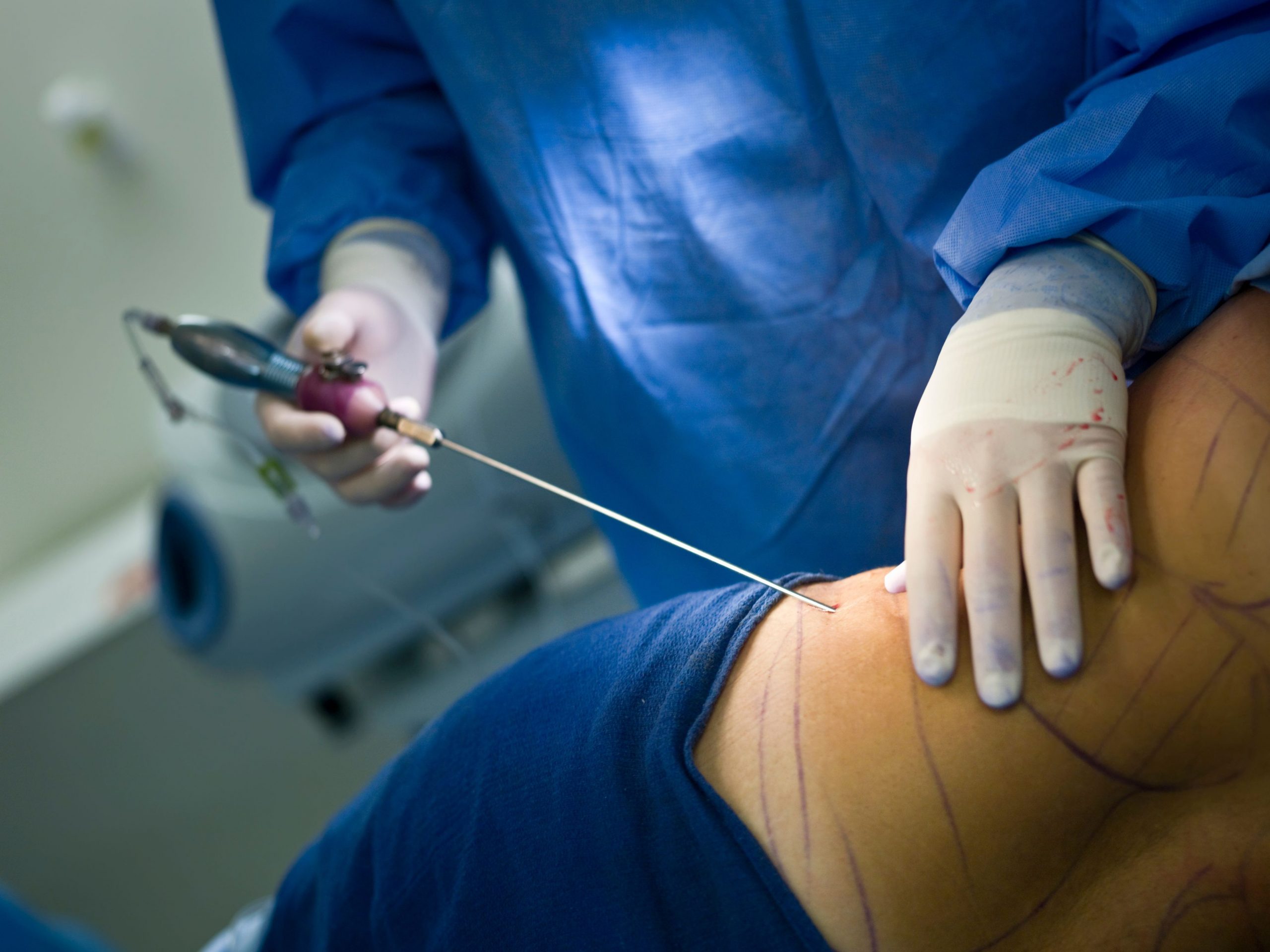Possible complications after lipo and how to deal with them (part 2)
In my previous blog, I talked about liposuction or lipo and how it as any other surgery could have possible complications; however, most of them can be avoided. In this blog, I will continue sharing with you some of the post-lipo related complications that I come across in my clinic and how to deal with them. So, let’s keep reading…
Under-correction
Under-correction means that your surgeon has left behind excess or residual fat in the liposuctioned area. As a result, you may see the difference in shape between one side and the other.
These fat deposits must be meticulously suctioned to improve the overall contours. Your surgeon usually checks if both parts of your body look the same or have the same contour before finishing the procedure, when she/he detects any difference corrective measures will be taken at that moment.
How to treat it:
If the under-correction is not detected during surgery, your surgeon will perform the correction 6 months after the primary surgery in order to allow your body rest and heal.
Skin laxity
Skin laxity is the consequence of poor skin retraction; sometimes it happens because of lack of skin flexibility, but in other cases it is due to the high amount of removed fat. The most common areas that present it are:
- Tummy
- Arms
- Tights
How to treat it:
- You should wear the compression garment for a longer period of time.
- MLD may help your skin elasticity while eliminating excess fluids and reducing inflammation.
- Exercise and a healthy lifestyle.
- Be patient, in some cases it takes almost a year to see final results.
- If after this period of time and post- surgery treatment your condition doesn’t improve, your surgeon may consider a new intervention to eliminate excess skin(just in extreme cases).
Hyperpigmentation
Skin hyperpigmentation is common in some types of skins, especially after trauma. Other reason of skin hyperpigmentation after lipo are:
- Hemosiderin deposition from ecchymosis
- Excessive pressure from compression garments (use the proper one)
- Friction on the area
- Sun exposure
- Some medicines can make you prone to hyperpigmentation
How to treat it:
- Use the right compression garment, we can advise you what fits you best. according to your needs and type of surgery.
- Avoid sun exposure and always wear sunscreen.
- A dermatologist can prescribe you a cream for hyperpigmentation, for example hydroquinone.
- Usually, hyperpigmentation disappears by itself 12 months after the procedure.
Scar related problems
Very few cases present scaring problems after lipo, but some causes can be:
- If your skin is prone to develop hypertrophic scars or keloids.
- Inadequate sized incisions (always look for a certified surgeon).
- Poor wound healing.
How to treat it:
- Your surgeon may prescribe you steroid creams or injections in the affected area.
- Take good care of the incisions (follow your surgeon’s instructions).
- You may need hands on post-surgery treatment like MLD and massage. These may help you heal better and reduce scars.
- Extreme cases may need re-excision.
Necrosis after lipo
Skin necrosis is when part of your skin (where lipo was performed) turns into black because cells start dying. If you think you have had started to develop necrosis ask your surge to receive treatment immediately.
Necrosis could be due to:
- Smokers are more prone to develop skin necrosis.
- Aggressive liposuction that causes damage to the subdermal vessels.
How to treat it:
- Extreme cases will need a tailored treatment prescribed by your surgeon.
- you can improve blood flow with MLD, but it is not a treatment for necrosis.
Chronic Pain as neurological complication
Chronic pain is rare, but in most cases it goes away by itself after some months. It could be due to a neuroma (pinched nerve, excessive growth of nerve tissue) or due to injury to underlying fascia or muscle.
How to treat it:
- In my blog about workplace first aider on dealing with chronic pain, I tell you how to deal with it and how MLD, massage and our hands-on treatment can help you.
- Painkillers may help, but ask your GP first.
Hypoaesthesia a a neurological sequel
Hypoaesthesia is very common after liposuction, but sensations generally return to normal 12 months after lipo. However, long term hypoaesthesia may be due to damage to the cutaneous sensory nerves and it needs specialized treatment.
We hope this information is useful for you. If you need advice or have any questions about our treatments, please contact us. You can find us in Mill Hill Broadway and Islington. We are always happy to help. If you like this blog, please share!



